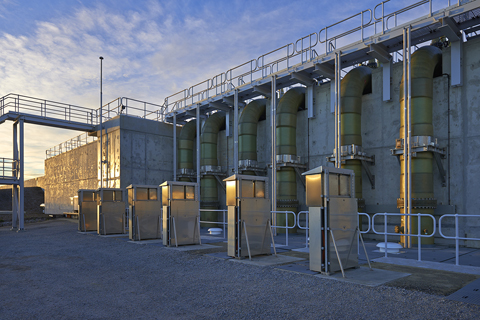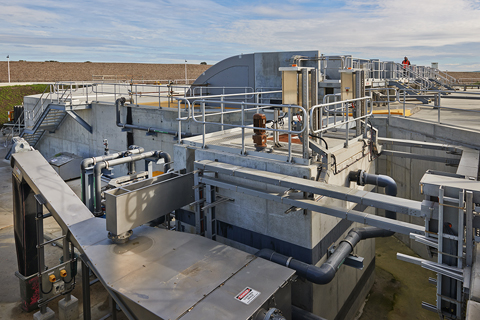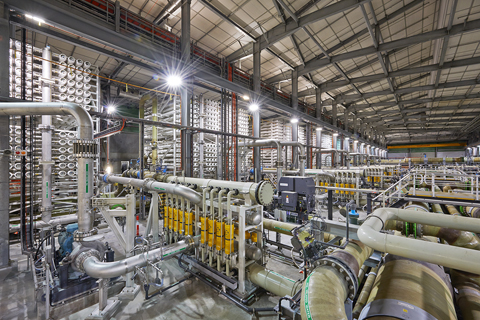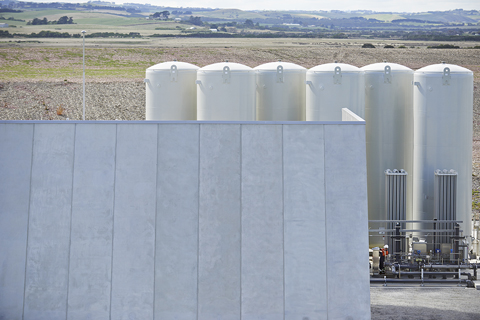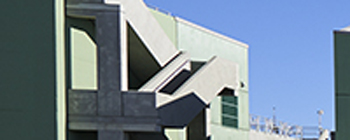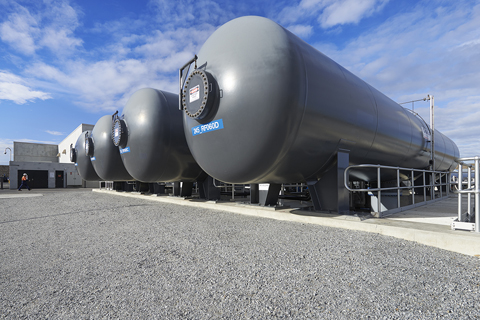The Victorian Desalination Project provides a drought-proof water supply to Melbourne and Geelong.
As a rainfall-independent source of water it complements our existing catchments. With key components of the plant having a design life of 100 years it can produce high quality water whenever required, making it a resource that will be valued in times of future drought.






